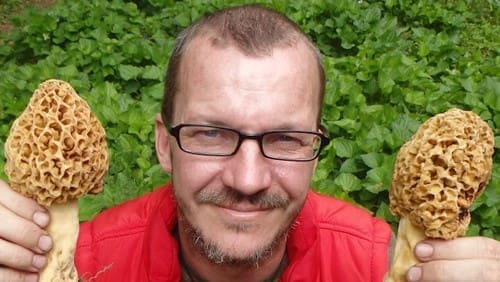Native Cane Making a Comeback!
The November 19 meeting of the Native Plant Society presents Buzz Williams sharing his dream and project for restoring Native Cane in the Upstate. The program is set for 7pm at Tri-County Technical College, in Parker Auditorium next to Oconee Hall. The College is at 7600 US 76, Pendleton, SC. Enter Marshall Parker Auditorium via Oconee Hall. As you enter the campus at the traffic light (the south entrance), the driveway you want is to the left. HOWEVER, you cannot turn left as you enter. Please drive ahead to the first place you can make a u-turn and head back toward the traffic light. Just before the light, turn right onto the one-way access road in front of the buildings. You will pass Miller Hall, Anderson Hall and Pickens Hall before coming to Oconee Hall on the right. You may park in any of the student/faculty spots along the one-way drive. There are also two parking lots just past Oconee Hall. Lot H-1 and Lot H-2 available for us in the evening. Please go to https://www.tctc.edu/media/2966/pendleton-campus-map.pdf and print a map of the campus. There will be signs marking the building entrance.
Native Cane once covered 10 million acres in the Southern Appalachians and Piedmont areas.
Accounts from early explorer and settlers in South Carolina mention great “cane breaks”, large stands of bamboo-like cane (Arundinaria gigantea) along rivers and streams. Native cane once grew in expansive thickets along the Reedy River in Greenville County, too. “We know this,” said Williams, “because the Revolutionary War battle known as the Battle of the Great Cane Break was fought on the banks of the Reedy River near Simpsonville. Less than 2% if that expanse of cane remains. Buzz Williams has a plan to restore it in Oconee County.
Who is Buzz Williams?
The founder and former executive director of the Chattooga Conservancy, Williams is heavily involved in the non-profit’s Native Cane Restoration Project, a collaborative cost-share effort with the USDA Forest Service. The project goal is to restore 29 acres of native cane located on the Oconee County side of the SC Highway 28 bridge that crosses the rollicking Chattooga River into Georgia.
Native cane was once used extensively by native people for building material, baskets, flutes, blow guns, arrow shafts, and sleeping mats,” said Williams. “I became interested in native cane because I make white-oak baskets and (then) became interested in the history of Cherokee cane basketmaking.”
At the Nov. 19 meeting, Williams will talk about the restoration efforts by the Chattooga Conservancy and its project partners – including the Eastern Band of the Cherokee, RTCAR (Revitalization of Traditional Cherokee Artisan Resources), master gardeners, and volunteers. So far they have restored five acres.
The program is free and open to the public. For more information, go to https://www.scnps.org.



